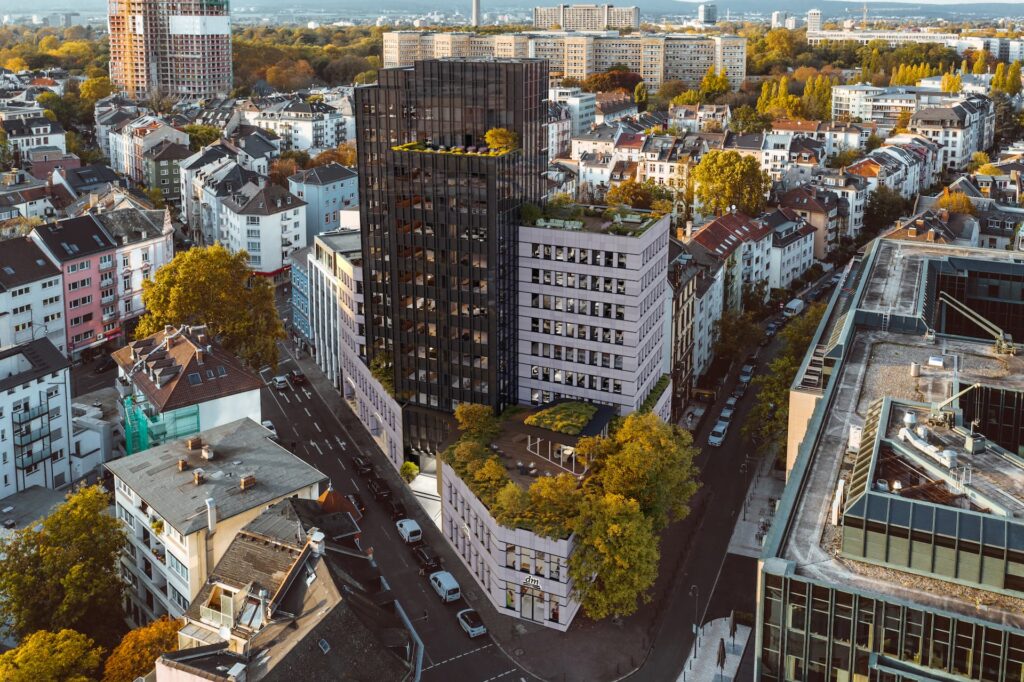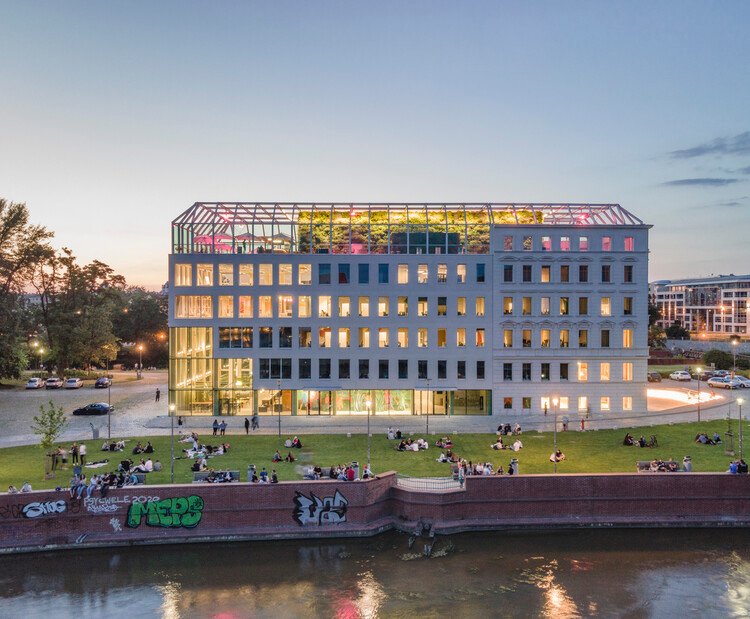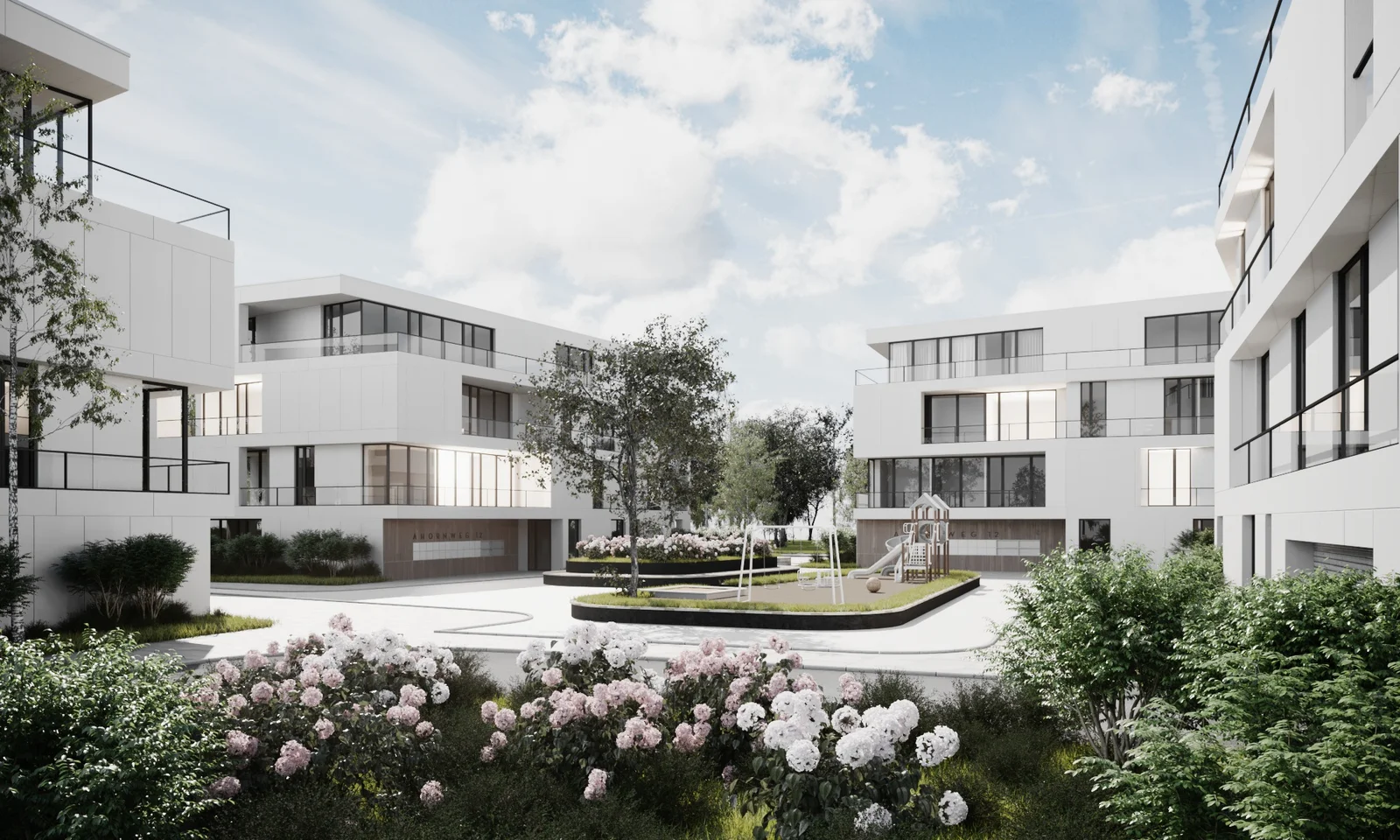How Lighting Concepts Impact 3D Restaurant Visualizations
When it comes to creating a stunning, realistic 3D restaurant visualization, every detail counts – and that includes the use of lighting. Lighting in 3D visualization is more than just a tool for visibility. It’s a key element that can significantly affect the overall mood, atmosphere, and perception of the space. In this blog post, we will explore how different lighting concepts can impact your 3D restaurant visualizations, helping you create designs that are not only visually appealing but also convey the right message to your audience.
The Role of Lighting in 3D Visualization
Before we delve into the specifics of how lighting affects 3D restaurant visualizations, it’s crucial to understand the fundamental role of lighting in 3D visualization. Essentially, lighting brings your design to life, adding depth, realism, and character to your 3D renderings. It can highlight certain areas, create a certain mood, and even influence the perceived size of the space.
Creating Depth and Realism
Lighting is perhaps one of the most important tools for creating depth and realism in 3D visualizations. By carefully placing lights and adjusting their intensity, you can create shadows and highlights that give your design a three-dimensional feel. This can make your restaurant visualization look more realistic and tangible, helping your audience or clients better understand the space.
Highlighting Key Areas
Lighting can also be used to draw attention to certain areas in your restaurant design. For instance, you might use brighter lights to highlight the dining area, while dimmer lights could be used to create a cozy, intimate atmosphere in the bar area. This can help you guide the viewer’s gaze and focus on the most important elements of your design.
The Role of Lighting Concepts in 3D Restaurant Visualizations
Creating Mood and Atmosphere with Lighting
One of the primary ways lighting concepts impact 3D restaurant visualizations is by establishing the mood and atmosphere of the space. Light quality can drastically alter the perception of a restaurant, from warm, intimate lighting creating a cozy, inviting atmosphere, to bright, cool lighting suggesting a more modern, energetic vibe.
The correct use of lighting can evoke emotions and reactions that influence customers’ dining experiences. For instance, a romantic, high-end restaurant might utilize soft, warm lighting to create a sense of intimacy and luxury. Conversely, a fast-food or quick-service restaurant might use bright, direct lighting to promote a sense of efficiency and cleanliness.
Enhancing Architectural Features and Design Elements
Lighting concepts also play a vital role in highlighting the architectural features and design elements in 3D restaurant visualizations. By strategically placing lights, designers can draw attention to specific areas or details within the restaurant, such as a feature wall, artwork, or an open kitchen.
For example, accent lighting can be used to showcase unique architectural features, while ambient lighting can provide a comfortable level of brightness throughout the space. Additionally, task lighting in areas such as the bar or kitchen can both serve a functional purpose and add visual interest.
Influencing Customer Behavior with Light
Beyond creating mood and highlighting design features, lighting can also subtly influence customer behavior within a restaurant. In a well-lit restaurant, customers are more likely to stay and enjoy their meals for longer periods. In contrast, a dimly lit restaurant may encourage quicker turnover of tables.
This aspect is particularly important to consider in 3D restaurant visualizations as it can help restaurant owners to plan their spaces more efficiently and effectively. By using lighting strategically, they can guide customers’ movements and behaviors, impacting factors like seating capacity and turnover rate.
In conclusion, understanding how lighting concepts impact 3D restaurant visualizations is crucial for restaurant owners and designers. The right lighting can significantly enhance the dining experience, showcase design features, and influence customer behavior, ultimately contributing to the success of the restaurant.In conclusion, the role that lighting concepts play in 3D restaurant visualizations cannot be overstated. The lighting sets the mood, creates a sense of realism, and can significantly impact the overall appeal of the design. It can turn an average 3D visualization into an extraordinary one, making it an essential tool for architects and interior designers. So, whether you are aiming to create a cozy, warm atmosphere or a vibrant, energetic environment, understanding and implementing key lighting concepts can make your 3D restaurant visualization a true masterpiece.







